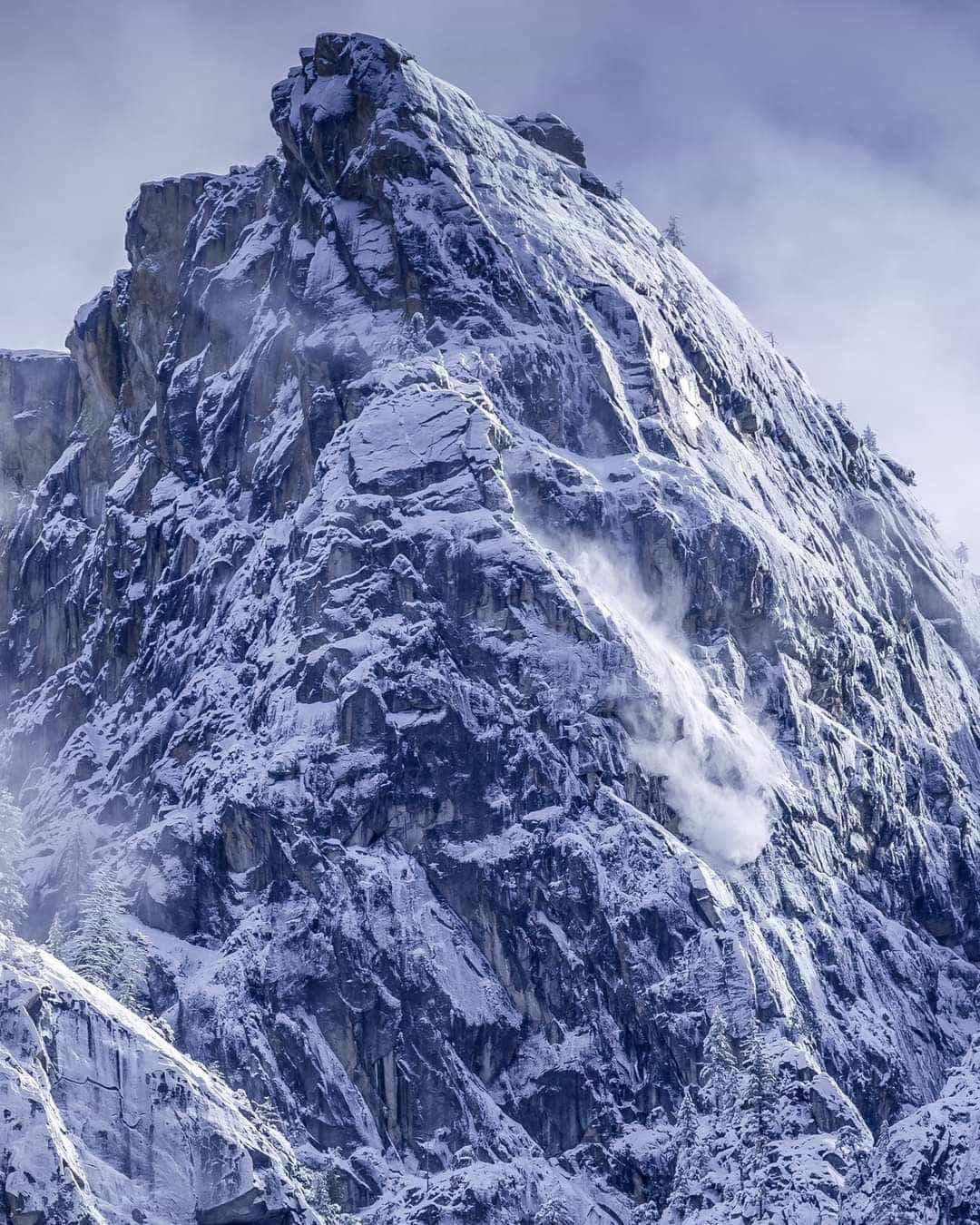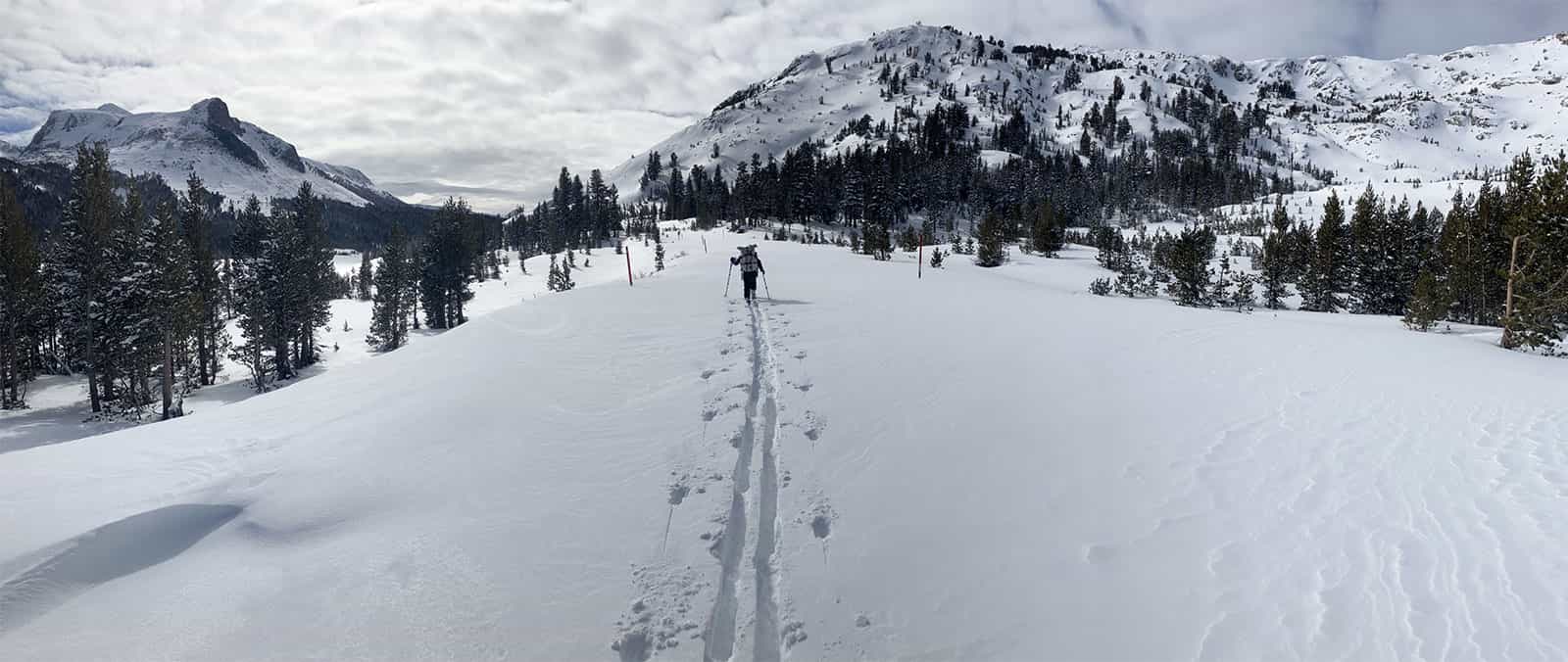
Tuolumne Meadows Report for February 7, 2024
- New Snow: 43 inches
- Settled Snow Depth: 45 inches
- High Temperature: 42°F (January 31)
- Low Temperature: 10°F (February 3)
January Weather Summary
- New Snow: 58 inches (historical average 61 inches)
- Snow Water Equivalent: 3.46 inches (historical average 5.05 inches)
- Average High Temperature: 37°F (historical average 40.2°F)
- Average Low Temperature: 11.2°F (historical average 10°F)
- Average Temperature: 24.1°F (historical average 25.4°F)
Ski Conditions and Weather
The end of January saw record warm temperatures, and the start of February brought two atmospheric rivers that brought welcome new snow to the Sierra Nevada. High winds accompanied these storms, and 100+ mph winds were recorded at several locations. The storm that is presently wrapping up resulted in an “upside down” snowpack in that the storm started cold and got warmer as it progressed. This means that colder and drier snow now has warmer and wetter snow on top of it. Not an ideal recipe for stellar ski conditions, but the much-improved coverage and deeper snowpack is a worthwhile trade off.
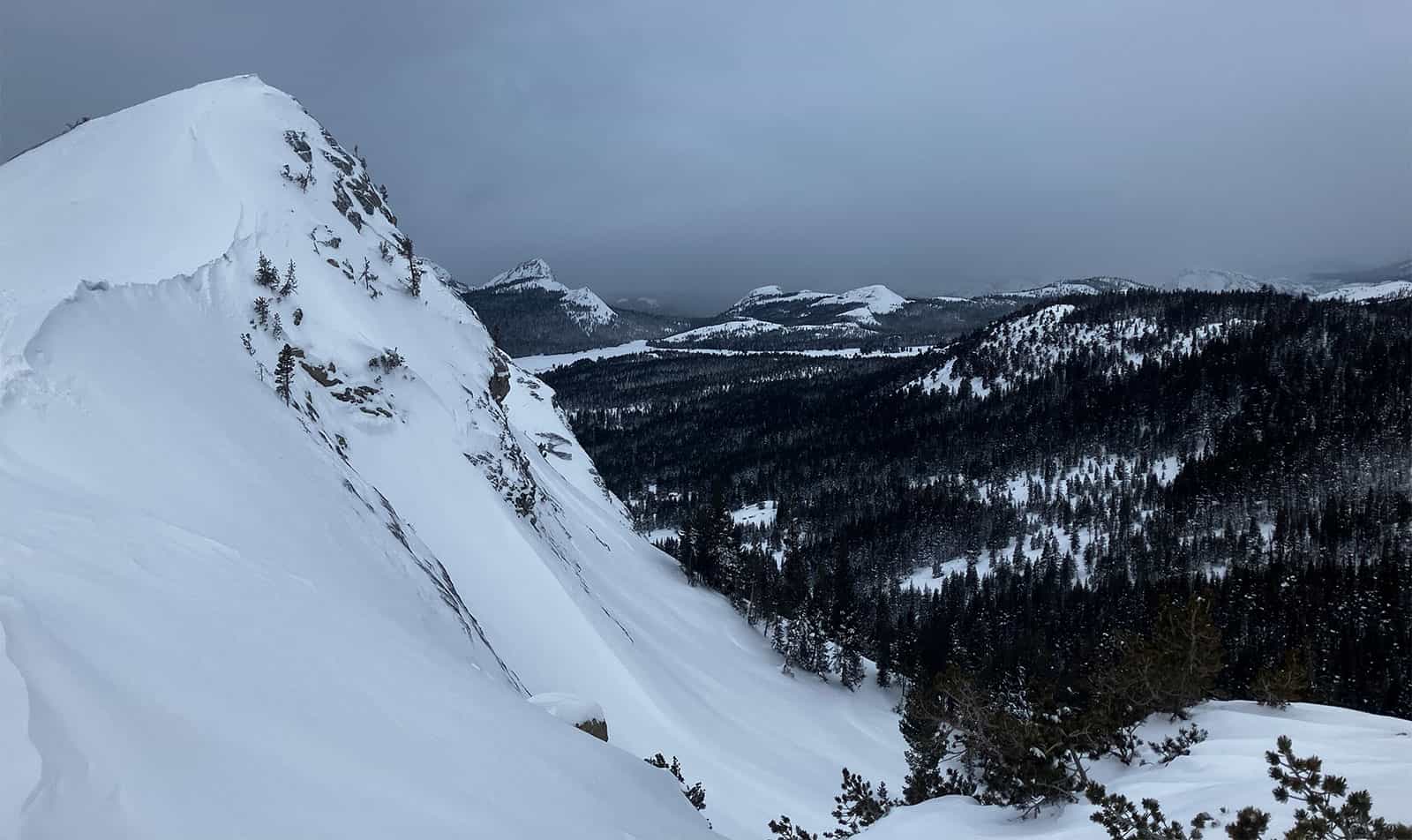
Avalanche and Snowpack Conditions
Please refer to the Eastern Sierra Avalanche Center (ESAC) and the Bridgeport Avalanche Center for the avalanche advisories for this part of the Sierra Nevada.
The snowpack received a shock load of new snow and wind loading with the atmospheric rivers this week. We observed avalanche activity over the past few days that were in the layers of the new snow. These slides were about 6 inches deep. The avalanches failed where there was a density change during the storm, and where the wind affected snow formed a slab over the lighter snow below. The persistent slab problem remains, and wilderness skiers should be mindful that this weak snow is now buried deep in the snowpack. Though increasingly more stubborn to trigger, any persistent slab avalanches are going to be large and destructive. Patience in letting the snowpack adjust to the new snow load, making good terrain choices, and localized snowpack assessment is vital for safe travel at this time.
History of Snow Surveys
Once the snow falls, the roads and trails to the snow survey cabins and courses are obscured. Some historic routes do have markers carved in or affixed to trees. In certain regions, old, recycled license plates were used but are no longer placed in wilderness. Besides, our favorite beacon is the tree itself.
“If you know [a characteristic foxtail pine or other landmark], they are invaluable for finding one’s way in storms -better than any GPS since our ability to recognize them does not depend on batteries or satellites…. If we are caught out after dark in a blizzard conditions, they are more than a great comfort…as they show up in your headlamp…” (Armstrong 44).

Wildlife
Flocks of American robins and cedar waxwings have refused to leave the south facing juniper covered slopes of Lembert Dome as have the usual winter residents the Townsend’s solitaire. Those juniper berries must be a delicacy to them. They technically aren’t berries but are cones with seeds in them. We have used the bluish-hued mature ones which are coated in a whitish dust of natural yeast to make a sourdough starter (be advised there are certain species of juniper that can be more toxic than others). Worldwide juniper berries have been used most famously for making gin, but also sauerkraut, sauerbraten, beer-crafting, and breads. Furthermore, indigenous people are the ones that discovered many of these and other medicinal uses of this lovely tree.
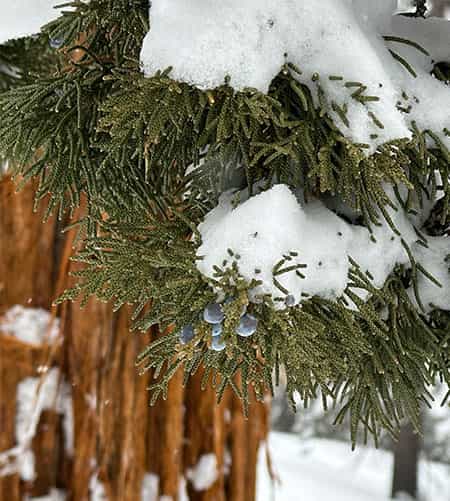
Questions
The Tuolumne Meadows Ski Hut is open. This primitive cabin is the campground reservation office in the summer and is located along the Tioga Road at the entrance to the campground. It is marked with a sign. There is firewood and 8 bunks that are available on a first-come, first-served basis. For those visiting the Tuolumne Meadows Ski Hut from the east (only) permits are self-issued at the Ski Hut. For those entering from other areas, please see Yosemite’s website: https://www.nps.gov/yose/planyourvisit/wildfaq.htm#winter or you may contact the wilderness office at 209/372-0740. As of this writing, there is electricity and limited phone service in Tuolumne Meadows.
Come prepared, and please make good decisions while traveling in the wilderness!
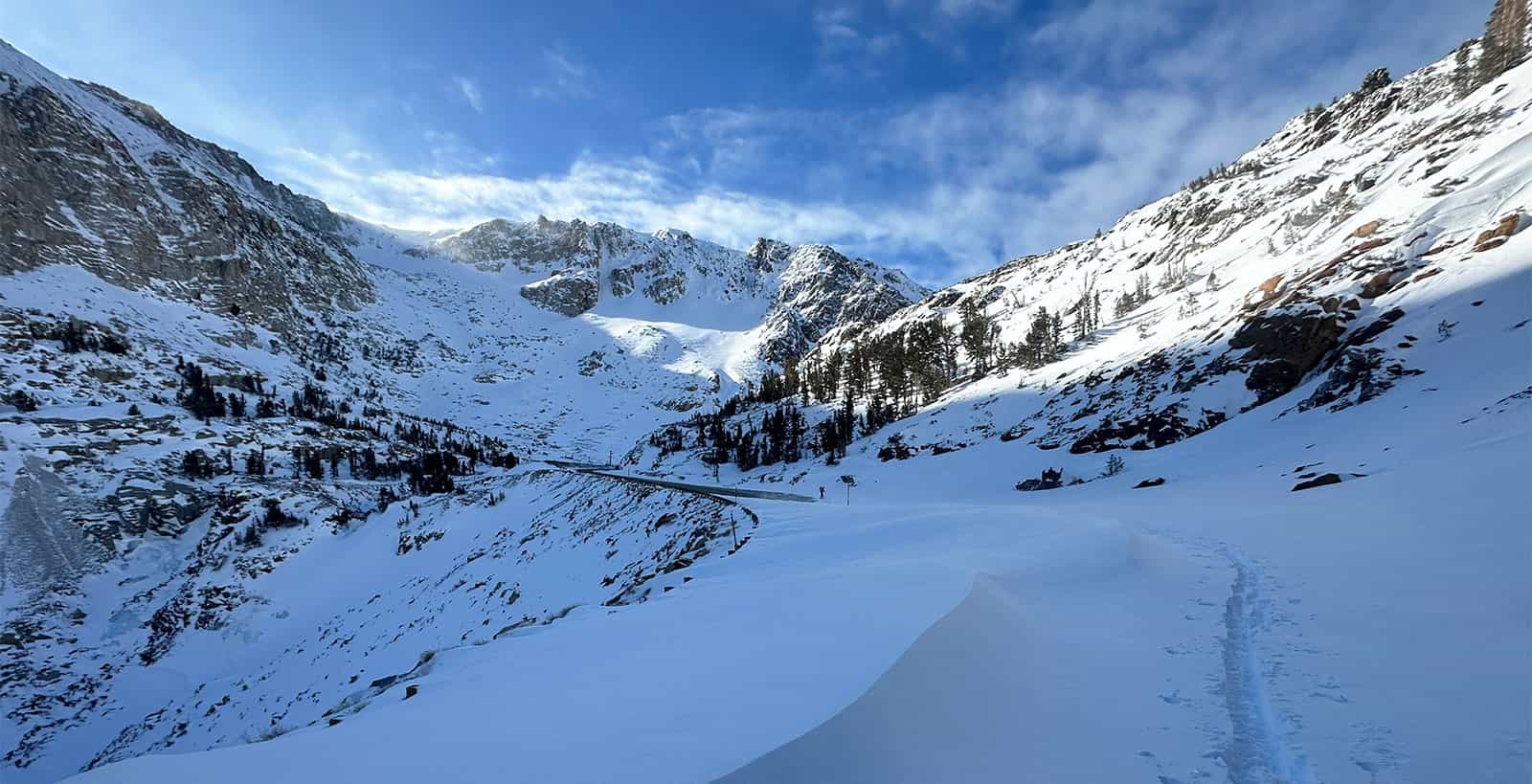
Read through the following three pages before embarking on any day or overnight snow travel within this park:
Snow Travel Tips: Weekly posts from January through April 2022
You may contact us with any additional winter Tuolumne Meadows related questions but response times may vary if we are away on patrol.
References: Armstrong, Patrick. The Log of a Snow Survey: Skiing and working in the winter world of the Sierra Nevada. Abbott Press, 2013.
Stay safe!
Report written by Laura and Rob Pilewski – Tuolumne Meadows winter rangers.
